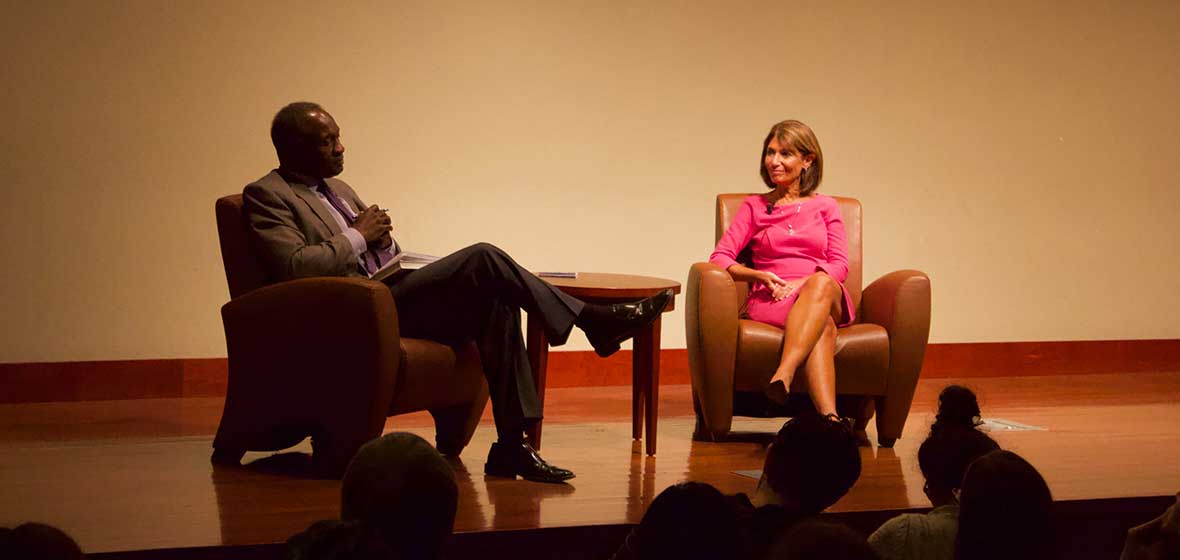Dr. Nina Shapiro paid a visit to the University of Nevada, Reno on Tuesday, Oct. 9, to speak with students, faculty and community members about the critical relationship between the media and personal health information.
Shapiro, the director of pediatric ear, nose and throat at Mattel Children’s Hospital and a professor at the David Geffen School of Medicine at UCLA, began with an introduction of herself and her accomplishments.
She then looked at the relationship that she sees between journalism and health in such a media-frenzied era. As she highlighted the media and its duties, she also said that journalists sometimes rely on exaggeration to increase readership.
“We look at the media as our friend and as our communicator because a lot of doctors don’t communicate in a way that a lot of non-medical people would understand,” Shapiro said. “But the problem with the media is that sometimes these findings or this new information gets exploded in a way that is extreme.”
The talk shifted to an interview with Reynolds School’s professor Caesar Andrews. He asked stimulating questions that provoked Shapiro’s 27 years of knowledge about the impact that the media has on health facts.
“If you are going to get eyes on your story, you have to make it interesting and you have to make it digestible, but it is also going to have some sort of extreme sense to it.” Shapiro said. “Do I trust that the information is there? Yes. Do I trust that’s all there is to it? No.”
Professor Andrews capped the interview with a question that led Shapiro to reflect before answering.
“To what degree do you blame the news media?” professor Andrews asked.
“Blame is a tough word,” Shapiro said, responding that blame is more applicable to those who are using the media as a platform for their advantage rather than using it to inform others.
The conversation then shifted to audience Q&A. Questions referenced health myths and statistics that were found online. Shapiro clarified nearly all of the health “facts” brought up by the audience and informed the audience members about information that would benefit them in their search for health facts in the media.
Shapiro ended with a word of advice to the aspiring journalists in the audience.
“It is important to understand what you are asking,” Shapiro said. “Learn to read abstracts and be able to ask intelligent, informed questions.”











